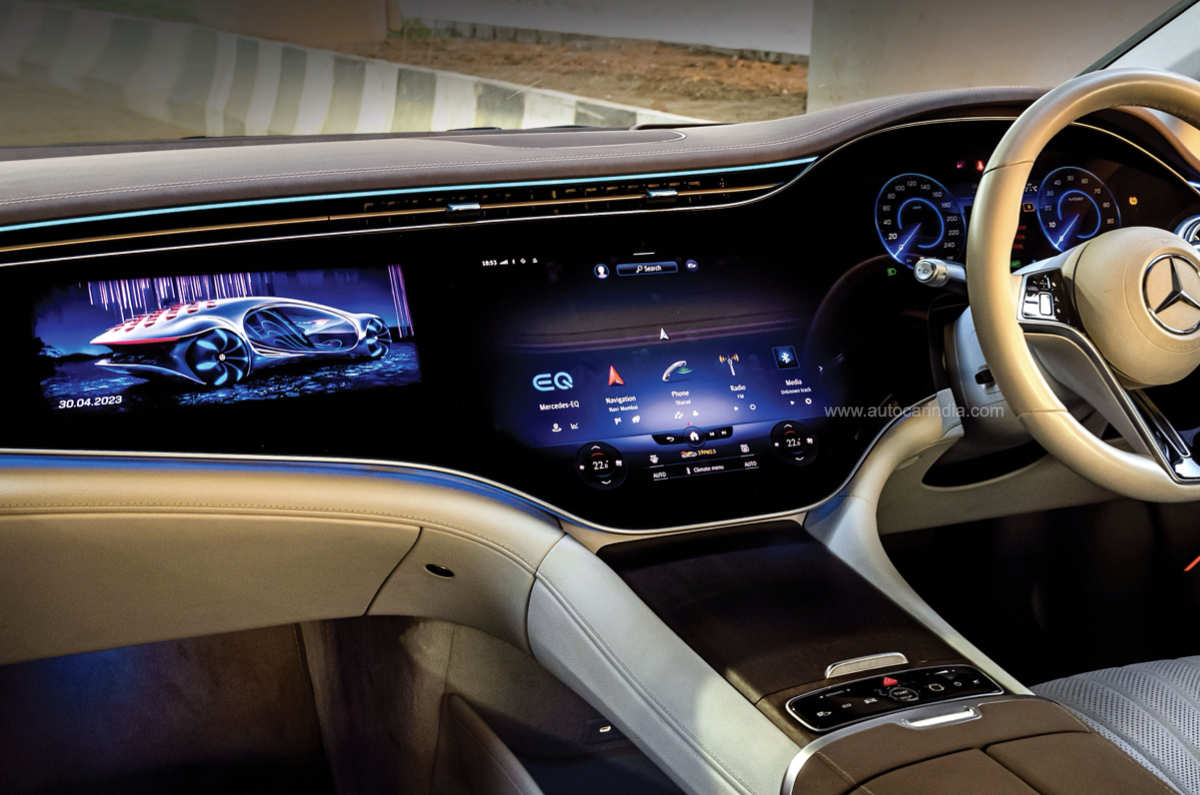
Touch-based car controls are inherently dangerous; more physical touchpoints could improve safety.
Touchscreens in cars were quite a novelty when they were first introduced, but in just a few years, it has completely taken over car interiors, almost becoming overwhelming for the senses. In recent years, carmakers have been cramming even the most basic operations into touch panels, and more often than not, the usability and functionality has only gone south.
Its only very lately that some carmakers have traced back to physical controls in limited ways. In fact, carmakers in Europe are actually being encouraged to stop using touchscreens for basic functions in order to enhance road safety. As per a report by The Times, Euro NCAP is set to introduce a new set of rules for crash testing in January 2026 that will require vehicles to have physical controls for basic functions in order to score a full 5-star safety rating.
- Euro NCAP set to introduce new rules in January 2026
- Point to be specifically awarded for having physical controls
- The proposition is still work-in-progress
“The overuse of touchscreens is an industry-wide problem, with almost every vehicle-maker moving key controls onto central touchscreens, obliging drivers to take their eyes off the road and raising the risk of distraction crashes,” said Matthew Avery, director of strategic development at Euro NCAP, to The Times.
Under the new set of rules that’s to come into effect in 2026, to be eligible for the maximum safety rating, vehicles will need to be fitted with physicals buttons, dials or stalks for operations such as turn signals, hazard lights, horn and windscreen wipers.
Tesla, for instance, has completely removed stalks from behind the steering wheel for indicators and wipers on the Model S. Meanwhile, a touch-panel for the HVAC controls or them being completely integrated into the main infotainment system is pretty commonplace – think of the latest Tatas, Volkswagens and Skodas in India.
These systems, however, are not the most intuitive to use as we have experienced them ourselves, and have been reported by other users as well. But why are carmakers pushing screens then? The answer is simple – cost. A single touchscreen panel – usually made of plastic – is much more cost effective to produce than an array of buttons and dials.
Do note that Euro NCAP testing is voluntary, and this does not in any way mean carmakers will mandatorily have to fit physical controls in cars. However, Euro NCAP is backed by several EU governments and several carmakers regularly use these crash test results in their marketing campaigns in order to attract more buyers, so it could have a wider implication. Any risk of points being deducted during such assessments is likely to be taken into consideration.
This, however, is still understood to be work-in-progress, and the exact evaluation procedures haven’t been finalized yet. However, carmakers have reportedly been made aware of this proposition who are in support of it as well.
Also See:
BNCAP to boost car, SUV safety in India
